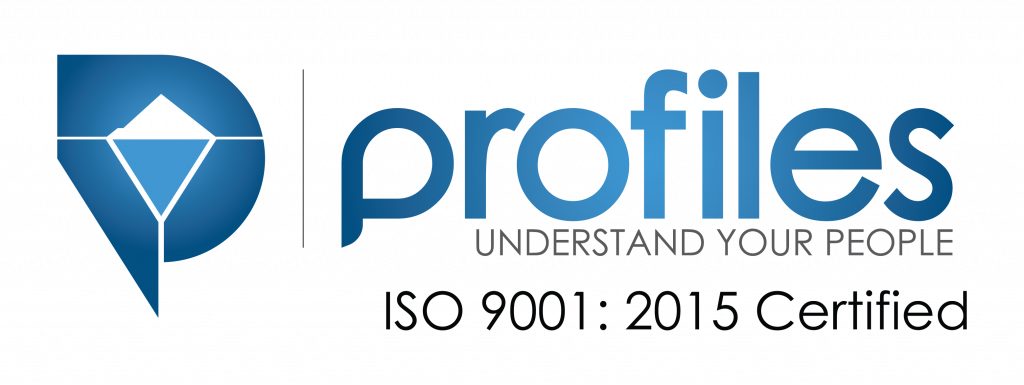Conflict is inevitable, whether it be in your personal or professional life. In the workplace context, recurring issues can erode productivity, morale, and culture when left unchecked. These, in fact, can even cost organizations in the United Kingdom (UK) up to £28.5 billion!
As such, it’s vital that issues brought about by clashing personalities or even simple misunderstandings be nipped at the bud early. You must create conditions that prevent them from resurfacing as well.
To do this, however, you must understand the causes of workplace friction, then develop healthy conflict resolution measures.
So, to give you a better understanding, we’ll walk you through their intricacies. This knowledge, meanwhile, should help you cultivate a more respectful and productive work environment.
Understanding conflict dynamics
To prevent conflicts from recurring, it’s essential that you grasp their underlying causes. We’ll tackle these first, as recognizing them lets you formulate and implement appropriate preventive actions.
Common causes of workplace conflict
Poor communication
Miscommunication can easily lead to misunderstandings. For instance, when team members aren’t aligned on goals, timelines, or responsibilities, confusion typically ensues. Once these issues impede the accomplishment of projects and tasks, frustration and tension can arise.
Personality differences
The presence of diverse personality types in your workplace can lead to clashes. While they’re beneficial to innovation, differences in attitudes, values, and work ethics can create discord if not managed constructively.
Leadership conflicts
Conflicts can arise from leadership approaches that are either too authoritarian or too passive. Think of how employees find micromanagement smothering, as they constantly have to worry about overbearing superiors.
Leaders who aren’t good communicators or don’t effectively support their team can inadvertently create a climate of discontent as well.
Differences in work styles
Each person has a different approach to work. Some prefer collaborative settings, while others thrive independently. Without clear expectations and workflow guidelines, putting together employees with such inclinations can result in miscommunications and tension among teams.
Impact of unresolved conflicts
Unresolved conflicts create ripple effects that are detrimental to the work environment, even the entire organization. We’ll tackle them next.
Erodes trust
Trust is the foundation of any successful team, and underlying friction can seriously damage it. When such problems go unresolved, individuals may start questioning the motives and reliability of their colleagues. This can lead to far greater issues.
Damages team cohesion
Tension can divide groups and push employees to form cliques or alliances. These fragmented teams can result in an “us versus them” mentality, which weakens their sense of common purpose and veers them away from your organization’s goals.
Collaboration and communication breakdowns
With trust and cohesion out of the picture, workers stop being open with their colleagues and leaders. This barrier to effective communication harms collaboration as well, as employees may avoid interacting with one another or withhold important information.
Heightened stress, as well as decreased morale and engagement
37% of employees say workplace politics are a common cause of work-related stress, while 34% cite the lack of interdepartmental communication. These can either trigger or be brought about by conflict as well.
Unresolved conflicts create an environment where employees feel unsupported or undervalued, thus leading to their disengagement. This can also take a mental and emotional toll on your workforce, and if allowed to persist, it can even result in burnout!
Lower productivity, efficiency, and work quality
Workplace tension diverts your employees’ attention from their work, as they may spend time ruminating on issues, gossiping, or avoiding certain tasks or people. Time may even be wasted unnecessarily managing problems that could have been resolved earlier.
With teams being unable to focus on their roles, productivity and efficiency become compromised. Work quality may even take a significant hit, while projects and deadlines can go unattended.
Negative company culture
Company culture is shaped by your people’s behaviors, attitudes, and values. Festering problems, however, can toss avoidance, resentment, and disengagement into the mix, which gives rise to workplace toxicity.
If left alone, these aspects can become normalized, thus harming your organizational culture over time.
Increased turnover and tarnished employer branding
A toxic organizational culture is 10.4x more likely to contribute to turnover than salary, and this can arise from recurring workplace conflicts. As employees leave to seek greener pastures, the resources needed for recruitment increase and remaining teams get disrupted.
Not to mention, a reputation for having a taxing work environment harms your employer branding, which deters you from attracting top talent!
Strategies to prevent recurrence of conflict
There are multiple ways to resolve conflicts early and prevent their recurrence. Effective conflict management, however, requires proactive strategies. To give you a better idea, here are some examples.
Develop effective communication techniques
Emotional Intelligence (EI) training
Emotional intelligence (EI) refers to one’s ability to recognize, manage, and respond to your emotions, as well as others’. It covers four key skills:
- Self-awareness
- Self-regulation or management
- Empathy and social awareness
- Relationship management
These allow you and your employees to make sound decisions, cope with adversity, but most importantly, place yourselves in others’ shoes as well.
This promotes not only effective communication, but also constructive conflict resolution, as you’re equipped to address problems before they escalate.
Active listening and discussion
Active listening is a handy EI skill, but it can be difficult to master. Online courses tackle it, but what your employees must remember is to truly understand what others say without passing immediate judgment—this helps conflicting parties clearly see each others’ perspectives.
Then, a meaningful discussion allows workers to set their differences aside, and ensure everyone’s on the same page.
Instill conflict resolution skills
Training programs
Investing in conflict resolution training can equip your teams to address disputes constructively. Profiles Asia Pacific’s Workplace Conflict Management training and solutions, for example, let you diffuse volatility before it becomes a distraction and liability.
Our assessments can assist in your conflict management efforts as well:
- Executive Leadership Report: This looks into an individual’s innate characteristics and work values, thus revealing their leadership style and approach to tackling challenges. It helps you identify skills a leader must develop to prevent the recurrence of conflict.
- Fundamental Interpersonal Relations Orientation™ (FIRO®): This gives a clear picture of you and your employees’ interpersonal needs. By understanding how they influence your interactions, you can improve relationships and professional performance.
Continuous learning and development
By encouraging ongoing education about conflict resolution, you ensure that employees can routinely prevent recurrent friction among teams. So, provide them with such learning opportunities, whether it be through workshops, seminars, or online resources.
Create a supportive work environment
Encourage open dialogue and feedback
An open culture where people can express their concerns without fear of repercussions helps everyone address conflict positively. Supplement such efforts by gathering feedback as well, since workers can provide first-hand insights that are useful for revealing and resolving conflicts.
You can carry this out through regular, structured team meetings and check-ins, or even suggestion boxes and anonymous employee engagement surveys.
Promote inclusivity and respect
By promoting workplace diversity, you cultivate an environment that values respect and inclusivity. This reduces the likelihood of interpersonal conflicts, as employees will aim to understand colleagues from different walks of life.
You should also recognize and address any signs of discrimination, favoritism, or bias, since these can give rise to friction as well.
Role of leadership in conflict resolution
Employees look to their leaders for guidance and follow their examples. Thus, you play a pivotal role in establishing a conflict-free environment. There are two critical ways of doing this.
Model positive conflict resolution behaviors
Leaders set the tone for how workplace friction is managed, so make sure to model the behaviors you want to see in your teams.
Always communicate respectfully and demonstrate empathy, as these can influence others to adopt a similar approach. By handling tense situations with professionalism, you set a standard that others are likely to follow.
Set clear expectations and hold employees accountable
Establish clear guidelines on not only team objectives and roles, but also acceptable behavior. By outlining expectations for workplace etiquette and performance, you compel employees to properly conduct themselves.
Don’t forget to hold them accountable as well. When infractions give rise to tension, address them early, and demonstrate that indiscretions result in corresponding disciplinary actions.
Wrapping up—Prevent recurrence of conflict to enhance workplace dynamics and productivity
Recurring conflicts can be minimized by understanding their causes of conflict, developing effective communication and conflict resolution skills, and cultivating a supportive and inclusive environment.
At the same time, strong leadership, coupled with continuous learning, allows you to cultivate a respectful culture. This empowers teams to resolve disputes constructively, therefore improving their dynamics, collaboration, and productivity.
If you want to learn how we can assist with your conflict management efforts, and positively impact your organizational culture and performance, get in touch!




